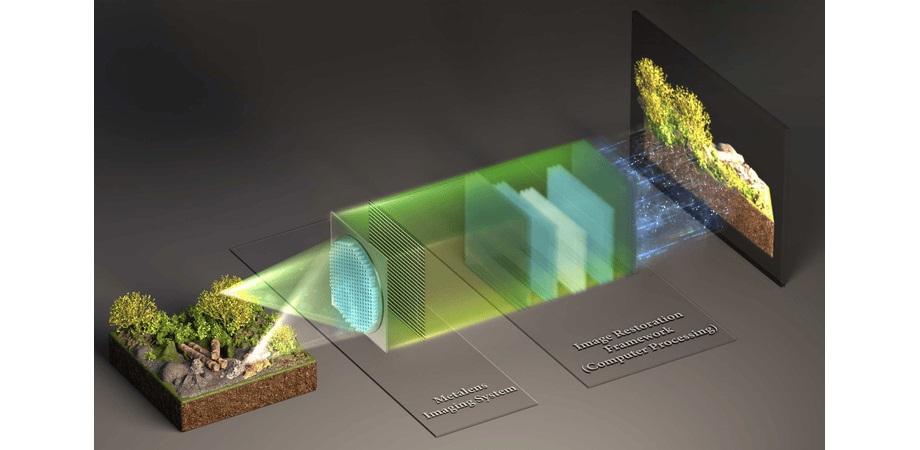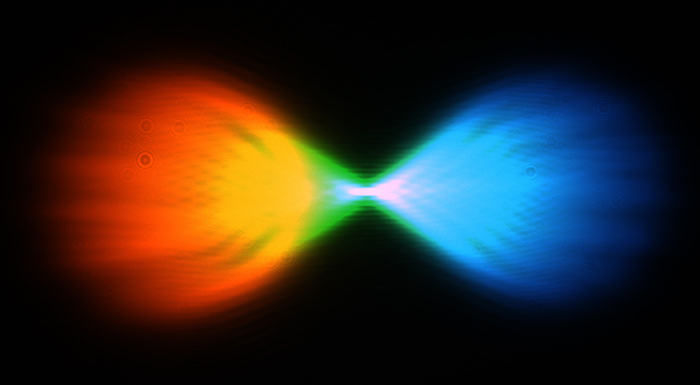
Modern imaging systems, such as those used in smartphones, virtual reality (VR), and augmented reality (AR) devices, are constantly evolving to become more compact, efficient, and high-performing. Traditional optical systems rely on bulky glass lenses, which have limitations like chromatic aberrations, low efficiency at multiple wavelengths, and large physical sizes. These drawbacks present challenges when designing smaller, lighter systems that still produce high-quality images.
To overcome these issues, rese...
Read More








Recent Comments